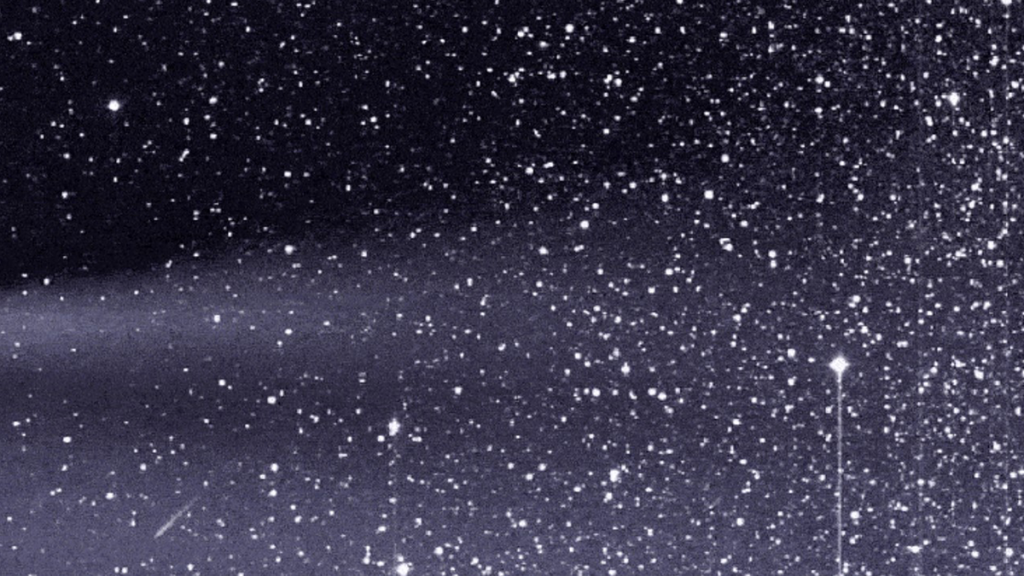NASA and the European Space Agency’s Solar Orbiter has flown through the tail of a comet for the second time. Actually, the study of the Sun was the main concern, but the small spacecraft has managed to gather useful scientific data related to comets as well. This rare encounter had given the astronomers new insights into how solar winds, which are a series of charged particles released by the Sun, could guide the orbits of comets.
University College London graduate student Samuel Grant was able to determine the second crossing by comparing the orbits of the spacecraft and Comet Leonard. GJ Leonard discovered the comet at the Mount Lemmon Observatory in Tucson, Arizona, exactly a year ago.
At the end of 2021, the Solar Orbiter was passing by the Earth for a gravity assist maneuver. Comet Leonard’s tail might have been close to Venus at the time, but it was too long that it stretched all the way to Earth’s orbit.
Spacecraft’s Heavy Ion Sensor (HIS) is capable to distinguish between the atoms, ions, and molecules produced by the solar wind as opposed to those of comets’ tails.
“Because of their small [electrical] charge, these ions are all clearly of cometary origin,” said Stefano Livi, Lead Investigator of SWA-HIS from Southwest Research Institute, in a statement.
Thus the Orbiter’s data has revealed that the Sun’s magnetic field is being wrapped around the comet as it moves through space. This crossing of Solar Orbiter was predicted in advance, but the previous one happened accidentally.
“The big advantage is that for basically no effort on the spacecraft’s part, you get to sample a comet at a massive distance,” Grant said in the statement. “That’s pretty exciting.”

